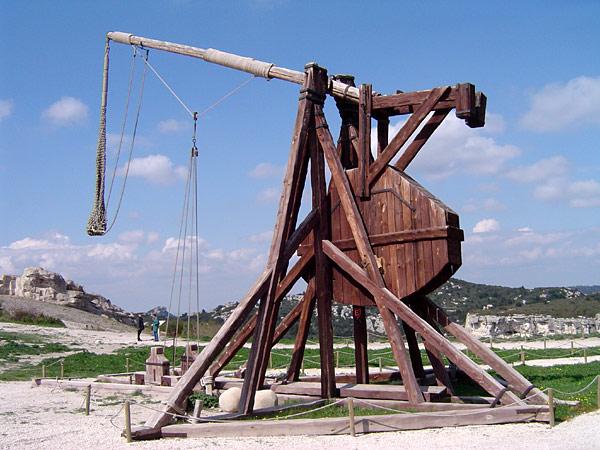
Read: Stella & Roy by Ashley Wolff -- “Who do you think would be faster big girl bike or baby brother on trike? – see if this reminds you of another story (The Tortoise and the Hare.) (2016 p.m. used Mei Mei Loves the Morning by Margaret Tsubakiyama – beautiful multicultural tale of a girl and grandfather in China who spend the morning together on his bike) Alternatives: Off We Go: A Bear & Mole Story by Will Hillenbrand --a short sweet book about removing training wheels. Blue Rabbit & the Runaway Wheel by Christopher Wormell
“Maybe S &R can cooperate to fix a little red wagon” –>
Action Song: Bumping up and down in my little red wagon
Bumping up and down in my little red wagon (3x) won’t you be my darling?
One wheel’s off and the axle’s broken…
Freddie’s gonna fix it with his hammer…
Bumping…
One wheel’s off…
Laura’s gonna fix it with her pliers…
Bumping…

Read: Mama Zooms by Jane Cowen-Fletcher -- child sharing all the things mom’s “zooming machine” (wheelchair) can do

Read: Fast Food by Saxton Freymann and Joost Elders – fruit & veggies turned into all sorts of vehicles! and/or Duck on the Bike – David Shannon (didn’t arrive in time for 2016 use)

Flannel: Mrs. Armitage on Wheels – based on the book by Quentin Blake --“Mrs. A likes a bike with a few extra gadgets”

or use same flannel with this song: The Wheels on the Bike
The wheels on the bike go round and round…all around the town
Horns…beep, beep, beep…
Bucket…splash, splash, splash…
Toolbox…rattle, rattle, rattle
Food….tastes yum, yum, yum
Dog…pant, pant, pant…
Rain…splash, splash, splash…
Radio…sing, sing, sing…
Sail…whoosh, whoosh, whoosh…
That crazy bike in the town goes crash, crash, crash! All around the town!
“How many of you have been learning to ride a bike without training wheels?”



Crafts:
- design your own vehicle (inspired by If I built a car, Fast Food, Mrs. Armitage and The Wheels on the Bus) (supplies: 12x18” light cardboard or card stock, scissors, markers, hole punches, construction paper (include pre-cut circles which made great spinning wheels), paper fasteners, pipe cleaners, glue sticks). Kids were given free rein to design any vehicle they wished…and they did very creatively -- some just used markers, others cut things out and made 3-dimensional designs.
- bicycle handle streamers (supplies: straws, Scotch tape, curling ribbon scissors)
- design your own bicycle license plate (not waterproof!) (supplies: 3x5” cardboard, hole punches, markers, pipe cleaners) http://www.crayola.com/crafts/bike-streamers--plates-craft/
Video: Remarkable Riderless Runaway Tricycle (Weston Woods, 11 min.) (played this for early finishers while kids doing crafts – since it is wordless, makes great background music for crafting too. After they finished the crafts, other kids enjoyed using the lit screen to see their vehicles become shadow puppets.)
Optional: Hand-Stamping to “Ride My Bike” on Tom Paxton’s I’ve Got a Yo Yo
Alternative books:
Minerva Louise and the Red Truck – Janet Morgan Stoeke
Little Red Riding Hood – Lisa Campbell Ernst (a bit long for pre-school)
Bicycle Race – Donald Crews (numeracy – naming the numerals out of order)
Bus storytime sometime?
Don’t Let the Pigeon Drive the Bus – Mo Willems
Last Stop on Market Street – Matt De La Pena
The Bus Ride – Marianne Dubuc
8/14 BWL
3.16 BWL Preschool Storytime (w/o craft portion)








 The Slinky, which has been around since the 1940′s, provides an excellent example of potential and kinetic energy. When a slinky is sitting at the top of a set of stairs at rest, it is holding potential energy; as soon as it starts to “walk” down the stairs, it is experiencing kinetic energy.
The Slinky, which has been around since the 1940′s, provides an excellent example of potential and kinetic energy. When a slinky is sitting at the top of a set of stairs at rest, it is holding potential energy; as soon as it starts to “walk” down the stairs, it is experiencing kinetic energy. 
